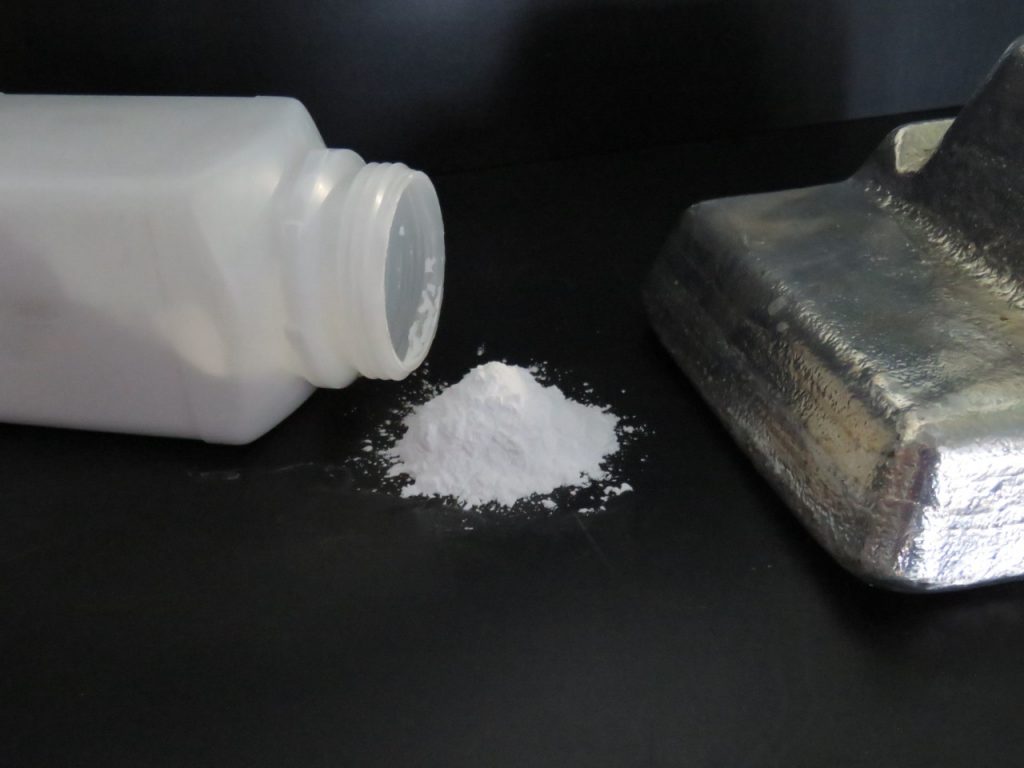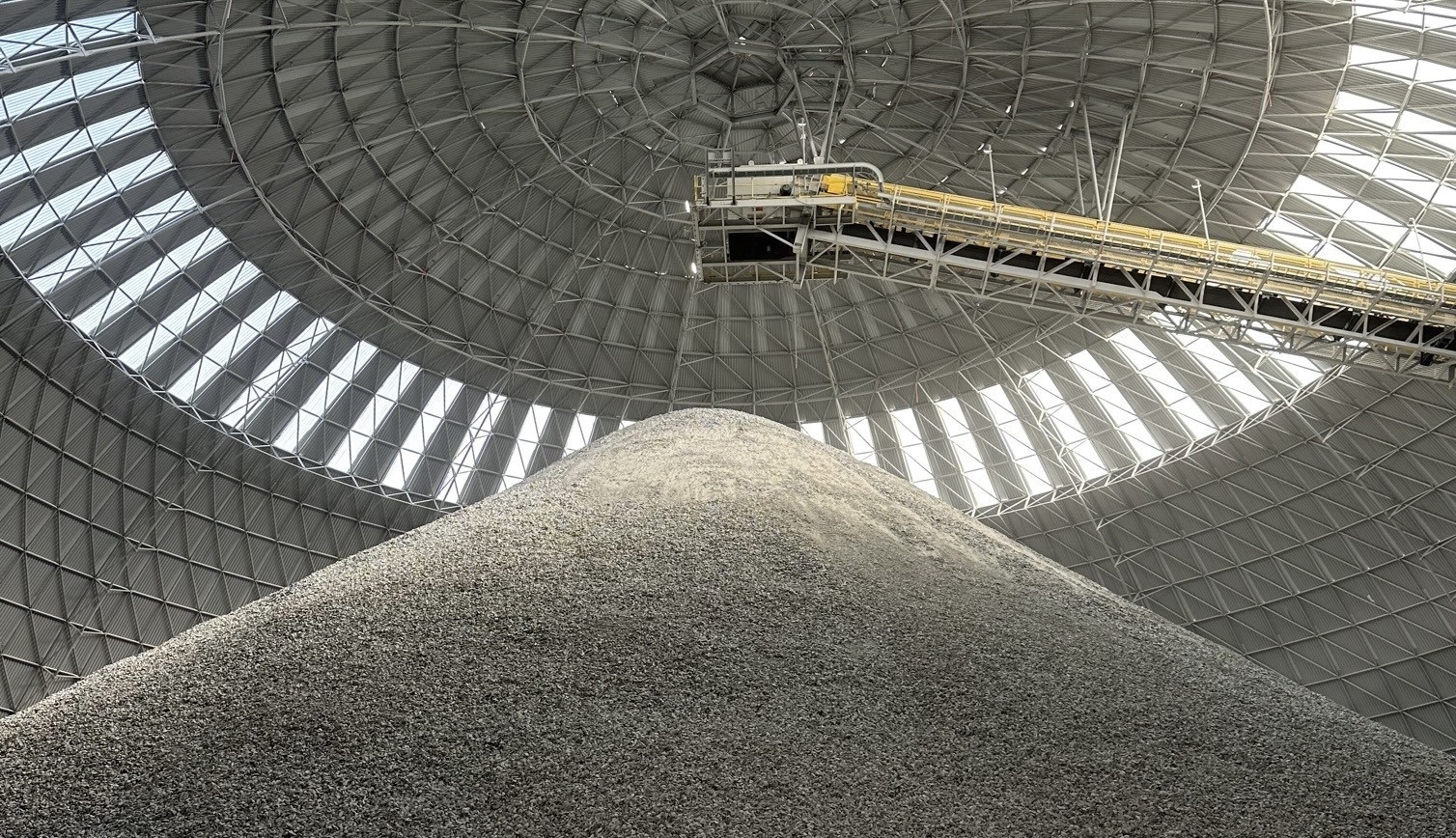[caption id="attachment_1003739229" align="alignnone" width="550"]

Scandium oxide powder and a scandium aluminum alloy produced by Rio Tinto's titanium dioxide facility in Quebec. Credit: Rio Tinto[/caption]
QUEBEC –
Rio Tinto has developed a way to extract high-purity scandium oxide from waste at its titanium dioxide production facilities in Quebec.
The company has been using the new process, developed by researchers at the company's Rio Tinto Fer et Titane (
RTFT) Research & Development Centre, to produce scandium oxide that meets market specifications since the second half of 2019 as part of a pilot project. The new process extracts the critical mineral from byproducts generated at its
RTFT metallurgical operation in Sorel-Tracy, Que., a facility that produces titanium dioxide from ilmenite mined at the Lac Tio open pit mine near Havre-Saint-Pierre.
Rio Tinto says the process, which is now being tested at a larger scale in a pilot plant, has the potential to enhance the scandium oxide market by delivering a secure supply source from an established operation, creating value from what was previously waste.
“
This breakthrough on scandium is a great example of how we are looking at our operations across the world with fresh eyes to see how we can extract value from byproduct streams,” said Rio Tinto chief executive Jean-Sébastien Jacques in a release. “Finding a way to extract a new product not only delivers more value from our orebodies, it helps to reduce waste. It’s a key part of operating in a more responsible way and providing the essential materials our world needs for a sustainable future.”
Scandium oxide is used to improve the performance of solid oxide fuel cells and to produce high-performance aluminum alloys used for aerospace, sporting goods and other applications.
Rio Tinto says its process features low production costs and requires minimal capital investment; there are n
o direct mining costs and the scandium oxide is recovered directly from byproducts from the existing metallurgical plant.
”
This exciting breakthrough in processing technology leverages our existing mining operation to provide what can be a scalable, high-quality and low-cost source of scandium oxide to markets and manufacturers,” Jacques said.
The company, which reports strong interest in the market for its product, is now assessing the potential to progress to industrial scale scandium oxide production.
The company is also trialling the production of small quantities of high-performance aluminium-scandium master alloy using the scandium oxide produced by RTFT with its aluminium business, also based in Quebec.
In January 2020, Canada and the United States finalized a Joint Action Plan on Critical Minerals Collaboration in order to secure supply chains for critical minerals – such as scandium.
Scandium is found in most rare earth deposits and in bauxite residues, commonly known as red mud.
However, to date it has been extracted from ores in only a few mines worldwide, mostly in Asia (China, Japan, Kazakhstan, the Philippines) and Russia.

 Scandium oxide powder and a scandium aluminum alloy produced by Rio Tinto's titanium dioxide facility in Quebec. Credit: Rio Tinto[/caption]
QUEBEC – Rio Tinto has developed a way to extract high-purity scandium oxide from waste at its titanium dioxide production facilities in Quebec.
The company has been using the new process, developed by researchers at the company's Rio Tinto Fer et Titane (
Scandium oxide powder and a scandium aluminum alloy produced by Rio Tinto's titanium dioxide facility in Quebec. Credit: Rio Tinto[/caption]
QUEBEC – Rio Tinto has developed a way to extract high-purity scandium oxide from waste at its titanium dioxide production facilities in Quebec.
The company has been using the new process, developed by researchers at the company's Rio Tinto Fer et Titane (




Comments